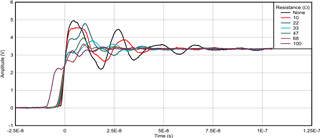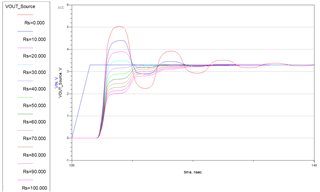Other Parts Discussed in Thread: SN74LVC1G125, TINA-TI
Tool/software:
Hi Team,
I wanted to use SN74LVC2G17DCK as buffer for the clock signal from a clock generator which runs from board to board on the backplane board. The clock frequency may vary from 1 to 20MHz max. Can I know if the mentioned part is suitable for this application and is it okay to use singled ended signal from board to board where the trace length could go up to 400mm max and typically 200mm (not decided yet).
Thank you in advance.



